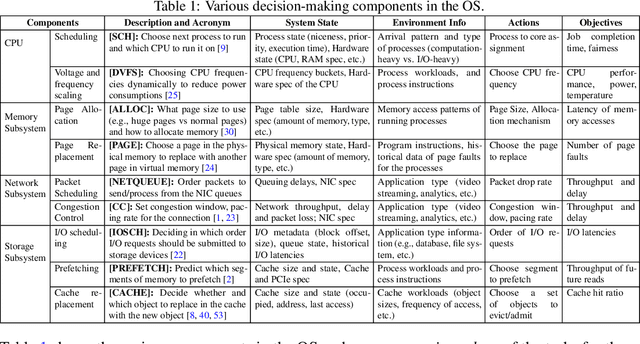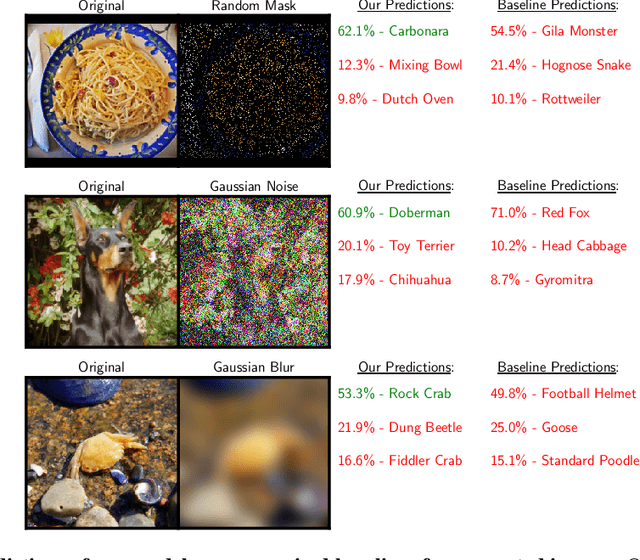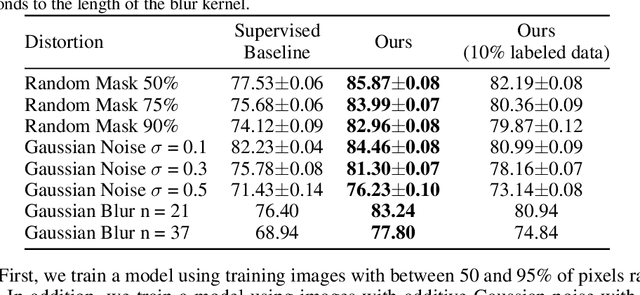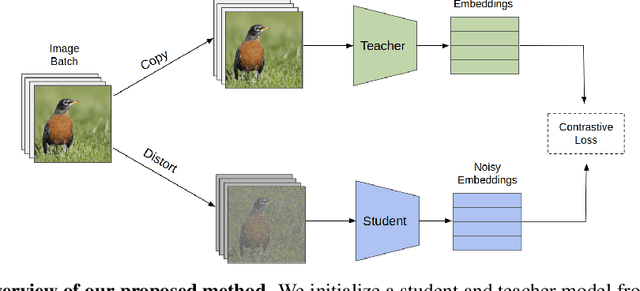Sriram Ravula
On a Foundation Model for Operating Systems
Dec 13, 2023

Abstract:This paper lays down the research agenda for a domain-specific foundation model for operating systems (OSes). Our case for a foundation model revolves around the observations that several OS components such as CPU, memory, and network subsystems are interrelated and that OS traces offer the ideal dataset for a foundation model to grasp the intricacies of diverse OS components and their behavior in varying environments and workloads. We discuss a wide range of possibilities that then arise, from employing foundation models as policy agents to utilizing them as generators and predictors to assist traditional OS control algorithms. Our hope is that this paper spurs further research into OS foundation models and creating the next generation of operating systems for the evolving computing landscape.
One-Dimensional Deep Image Prior for Curve Fitting of S-Parameters from Electromagnetic Solvers
Jun 06, 2023Abstract:A key problem when modeling signal integrity for passive filters and interconnects in IC packages is the need for multiple S-parameter measurements within a desired frequency band to obtain adequate resolution. These samples are often computationally expensive to obtain using electromagnetic (EM) field solvers. Therefore, a common approach is to select a small subset of the necessary samples and use an appropriate fitting mechanism to recreate a densely-sampled broadband representation. We present the first deep generative model-based approach to fit S-parameters from EM solvers using one-dimensional Deep Image Prior (DIP). DIP is a technique that optimizes the weights of a randomly-initialized convolutional neural network to fit a signal from noisy or under-determined measurements. We design a custom architecture and propose a novel regularization inspired by smoothing splines that penalizes discontinuous jumps. We experimentally compare DIP to publicly available and proprietary industrial implementations of Vector Fitting (VF), the industry-standard tool for fitting S-parameters. Relative to publicly available implementations of VF, our method shows superior performance on nearly all test examples using only 5-15% of the frequency samples. Our method is also competitive to proprietary VF tools and often outperforms them for challenging input instances.
Optimizing Sampling Patterns for Compressed Sensing MRI with Diffusion Generative Models
Jun 05, 2023Abstract:Diffusion-based generative models have been used as powerful priors for magnetic resonance imaging (MRI) reconstruction. We present a learning method to optimize sub-sampling patterns for compressed sensing multi-coil MRI that leverages pre-trained diffusion generative models. Crucially, during training we use a single-step reconstruction based on the posterior mean estimate given by the diffusion model and the MRI measurement process. Experiments across varying anatomies, acceleration factors, and pattern types show that sampling operators learned with our method lead to competitive, and in the case of 2D patterns, improved reconstructions compared to baseline patterns. Our method requires as few as five training images to learn effective sampling patterns.
Inverse Problems Leveraging Pre-trained Contrastive Representations
Oct 26, 2021



Abstract:We study a new family of inverse problems for recovering representations of corrupted data. We assume access to a pre-trained representation learning network R(x) that operates on clean images, like CLIP. The problem is to recover the representation of an image R(x), if we are only given a corrupted version A(x), for some known forward operator A. We propose a supervised inversion method that uses a contrastive objective to obtain excellent representations for highly corrupted images. Using a linear probe on our robust representations, we achieve a higher accuracy than end-to-end supervised baselines when classifying images with various types of distortions, including blurring, additive noise, and random pixel masking. We evaluate on a subset of ImageNet and observe that our method is robust to varying levels of distortion. Our method outperforms end-to-end baselines even with a fraction of the labeled data in a wide range of forward operators.
One-dimensional Deep Image Prior for Time Series Inverse Problems
Apr 18, 2019



Abstract:We extend the Deep Image Prior (DIP) framework to one-dimensional signals. DIP is using a randomly initialized convolutional neural network (CNN) to solve linear inverse problems by optimizing over weights to fit the observed measurements. Our main finding is that properly tuned one-dimensional convolutional architectures provide an excellent Deep Image Prior for various types of temporal signals including audio, biological signals, and sensor measurements. We show that our network can be used in a variety of recovery tasks including missing value imputation, blind denoising, and compressed sensing from random Gaussian projections. The key challenge is how to avoid overfitting by carefully tuning early stopping, total variation, and weight decay regularization. Our method requires up to 4 times fewer measurements than Lasso and outperforms NLM-VAMP for random Gaussian measurements on audio signals, has similar imputation performance to a Kalman state-space model on a variety of data, and outperforms wavelet filtering in removing additive noise from air-quality sensor readings.
 Add to Chrome
Add to Chrome Add to Firefox
Add to Firefox Add to Edge
Add to Edge